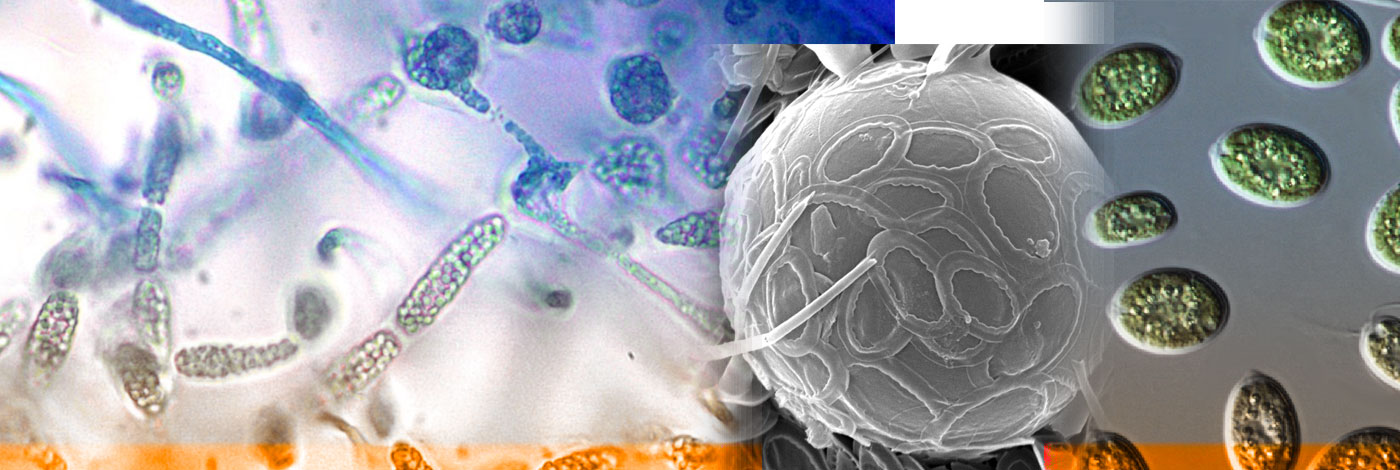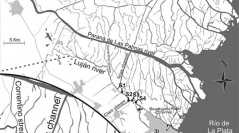

 Cryptogamie, Algologie
27 (1) - Pages 63-83
Cryptogamie, Algologie
27 (1) - Pages 63-83We analyzed the influence of spatial and temporal variations in the physical and chemical properties of the water on the specific composition of the periphytic algae attached to wooden posts (epixylon) in a section of the low river Luján (Buenos Aires, Argentina) and a tributary, both of which were subject to varying degrees to wastewater. Algae and water samples were taken monthly from July 2000 to July 2001. During this period the river Luján and its tributary had very poor water quality and their physical and chemical characteristics were typical of polluted urban rivers. In terms of taxa richness, all sites showed a dominance of Bacillariophyceae, followed by Cyanobacteria, Chlorophyta and Euglenophyta. Algal taxa were typical of polluted rivers and some were adapted to desiccation due to strong fluctuations in the hydrological level of the river. The RDA (Redundancy Analysis) indicated that species composition and richness exhibited a stronger response to seasonal and spatial variability of the limnological characteristics of the system rather than to inputs of domestic and/or industrial pollutants. This result was most likely due to the entire epixylic communities from the low river Luján being composed of algae adapted to polluted watercourses with frequent peaks in pollutants.